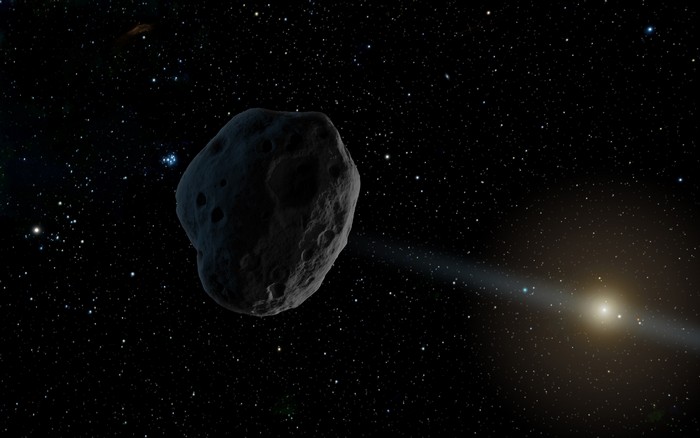Nasa’s NEOWISE mission noticed two objects roaming our neighborhood recently. Of the two, one is definitely a comet, while the other could either be a comet or an asteroid. The two objects are spotted by NEOWISE, an asteroid and comet-hunting mission that spotted more than 34,000 asteroids during its original mission. After waking up from hibernation during December 2013, NEOWISE managed to discover 9 comets and 99 asteroids.

The comet, called C/2016 U1 NEOWISE, might be visible through next week; you might see it with binoculars. It “has a good chance of becoming visible through a good pair of binoculars, although we can’t be sure because a comet’s brightness is notoriously unpredictable,” according to Paul Chodas, manager of NASA’s Center for Near-Earth Object (NEO) Studies at the Jet Propulsion Laboratory in California.
The comet will be seen in the southeastern sky from the northern hemisphere during the first week of 2017. The object will move south, being closest to the sun on January 14 (inside the orbit of Mercury). After it rendezvous with the sun, the comet will travel back to the outer solar system, continuing its thousands-of-years-long orbit. Although the comet will be visible from the Earth, it is not considered a threat to our home planet.
The second object, called 2016 WF9, was detected on November 27, 2016. The object is about 0.3 to 0.6 mile large and very dark, reflecting just a few percent of the light falling on its surface. It is still unknown whether the object is a comet or an asteroid. It resembles a comet in its orbit and reflectivity, but it doesn’t contain dust and gas cloud, defining characteristics of a comet.
Its orbit takes it all the way up to Jupiter; after the object reaches the gas giant, it will start traveling inward through our solar system, passing underneath the asteroid belt and the orbit of Mars. After 4.9 years, its orbit takes the object near the Earth, which will happen on February 25, 2017. 2016 WF9 will pass the Earth at a distance of 32 million miles (51 million kilometers), far away for it to pose a threat.
James “Gerbs” Bauer, Deputy Principal Investigator at JPL said that “2016 WF9 could have cometary origins,” and that “This object illustrates that the boundary between asteroids and comets is a blurry one; perhaps over time this object has lost the majority of the volatiles that linger on or just under its surface.”
